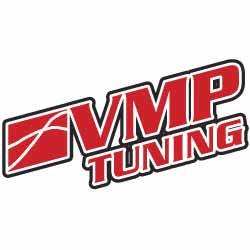So I'm in the midst of repairing the common hood corrosion on my 2011 GT and I've seen the Ford TSB talking about galvanic corrosion and iron particle contamination at the factory, as well as some of the tons of posts on this over the years. But it occurs to me, if iron contamination is such a big deal during painting and assembly, and can cause this type of galvanic corrosion, isn't the aluminum hood just directly contacting the steel (iron) body 24/7 via the hood mount points and the hood latch?
So (all this sanding and prep work to repaint my hood is giving me lots of time to think), would it make sense to better isolate the hood, perhaps with some type of rubber membrane where the hood latch attaches to the body, and where the hood support hinges attach to the hood, so as to separate the aluminum and steel and thus prevent the galvanic corrosion problem?
But then I figure all the engineering power of Ford wouldn't miss such an easy fix with something like 20 years of history on this problem over multiple models.
Can one of you engineer types explain what I am missing? How is the hood not subject to galvanic corrosion every day, being bolted to the steel body? Thanks!
So (all this sanding and prep work to repaint my hood is giving me lots of time to think), would it make sense to better isolate the hood, perhaps with some type of rubber membrane where the hood latch attaches to the body, and where the hood support hinges attach to the hood, so as to separate the aluminum and steel and thus prevent the galvanic corrosion problem?
But then I figure all the engineering power of Ford wouldn't miss such an easy fix with something like 20 years of history on this problem over multiple models.
Can one of you engineer types explain what I am missing? How is the hood not subject to galvanic corrosion every day, being bolted to the steel body? Thanks!


